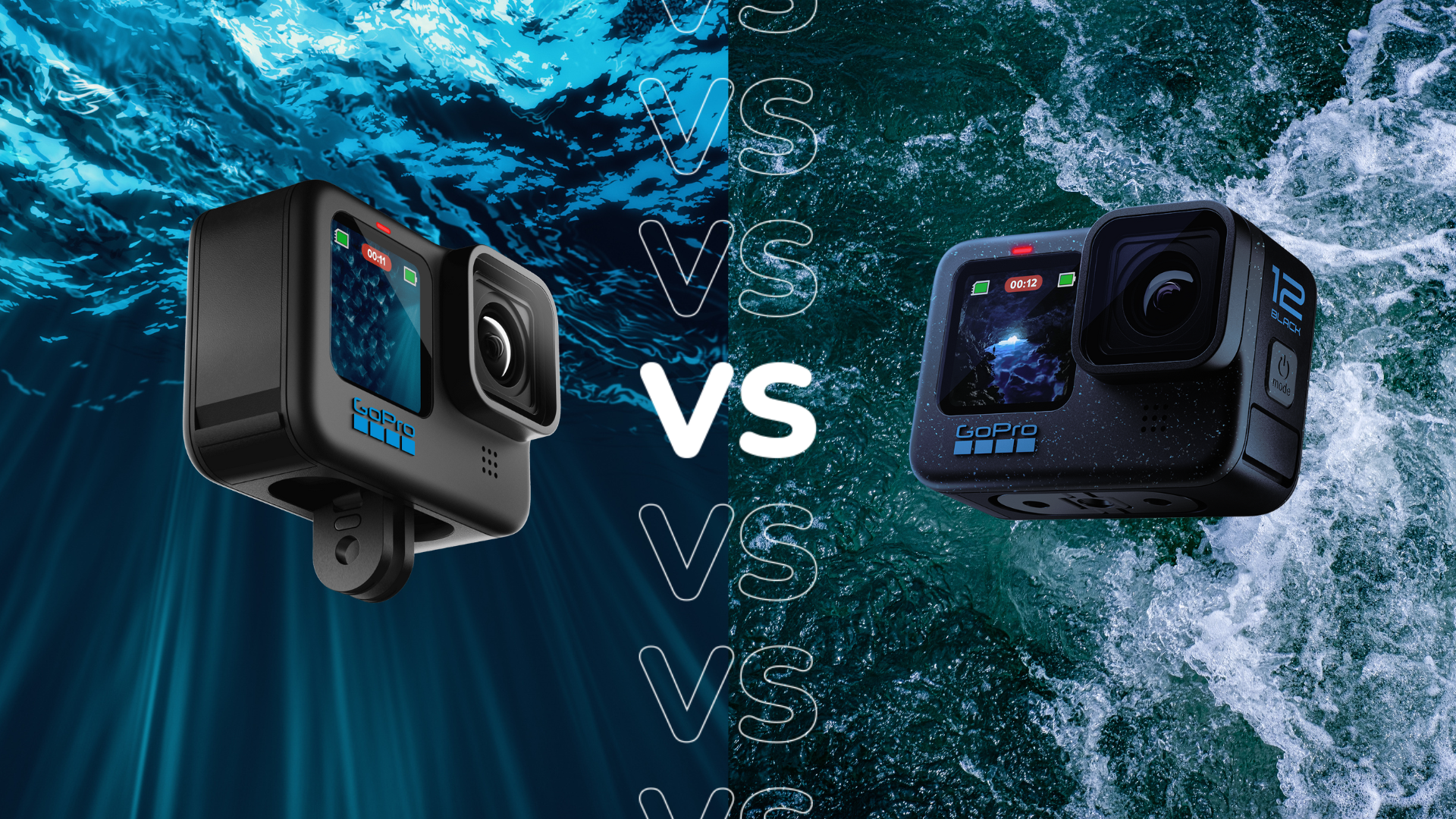Samsung Galaxy S23 FE vs Samsung Galaxy S23: What’s the difference?

The Samsung Galaxy S23 FE is essentially a more budget-friendly version of the flagship Samsung Galaxy S23, but how do the two compare?
The Samsung Galaxy S23 FE is a surprisingly capable smartphone considering its £599/$599 price point, sharing quite a bit of the same tech as its flagship alternative. We’ve spent a lot of time with both, and here’s how they compare.
Pricing and availability
The Samsung Galaxy S23 is a flagship with a price tag to match, with an RRP of £849/$799, while the Galaxy S23 FE is a mid-ranger with a more tempting £599/$599 price tag. Both are available to buy now, with the S23 released in February 2023 and the S23 FE following in December 2023.
That should mean the S23 FE is the cheaper of the two, and officially, that is indeed the case. However, we’ve already seen the Galaxy S23 drop lower than the S23 FE’s £599 price tag in the UK in recent sales, meaning you can likely get the full-fat flagship for less than the cost-cutting FE.
That certainly confuses things for the S23 FE, even if it does remain a capable smartphone when viewed singularly.
Design and screen
In terms of design language, the Galaxy S23 FE and Galaxy S23 are near indistinguishable – and that’s kind of the point. The FE, or Fan Edition, variant is based on the flagship, with the intention of bringing the minimalistic design of the S23 to a cheaper price point.
That means that both sport the same combination of glass and aluminium with an identical camera cutout and rear. Well, almost identical anyway.


There are small differences that we noted in our S23 FE review, like the camera module protruding slightly further, slightly thicker bezels and the use of older Gorilla Glass 5 instead of Victus 2, but for the most part, you’re getting a very close copy.
Both also sport features like IP68 dust and water resistance, a particularly strong selling point for the FE at its mid-range price point, though it is common among flagships.
The only notable difference between the two smartphones is the screen; the regular Galaxy S23 sports a compact 6.1-inch display, while the S23 FE sports a larger 6.4-inch display.
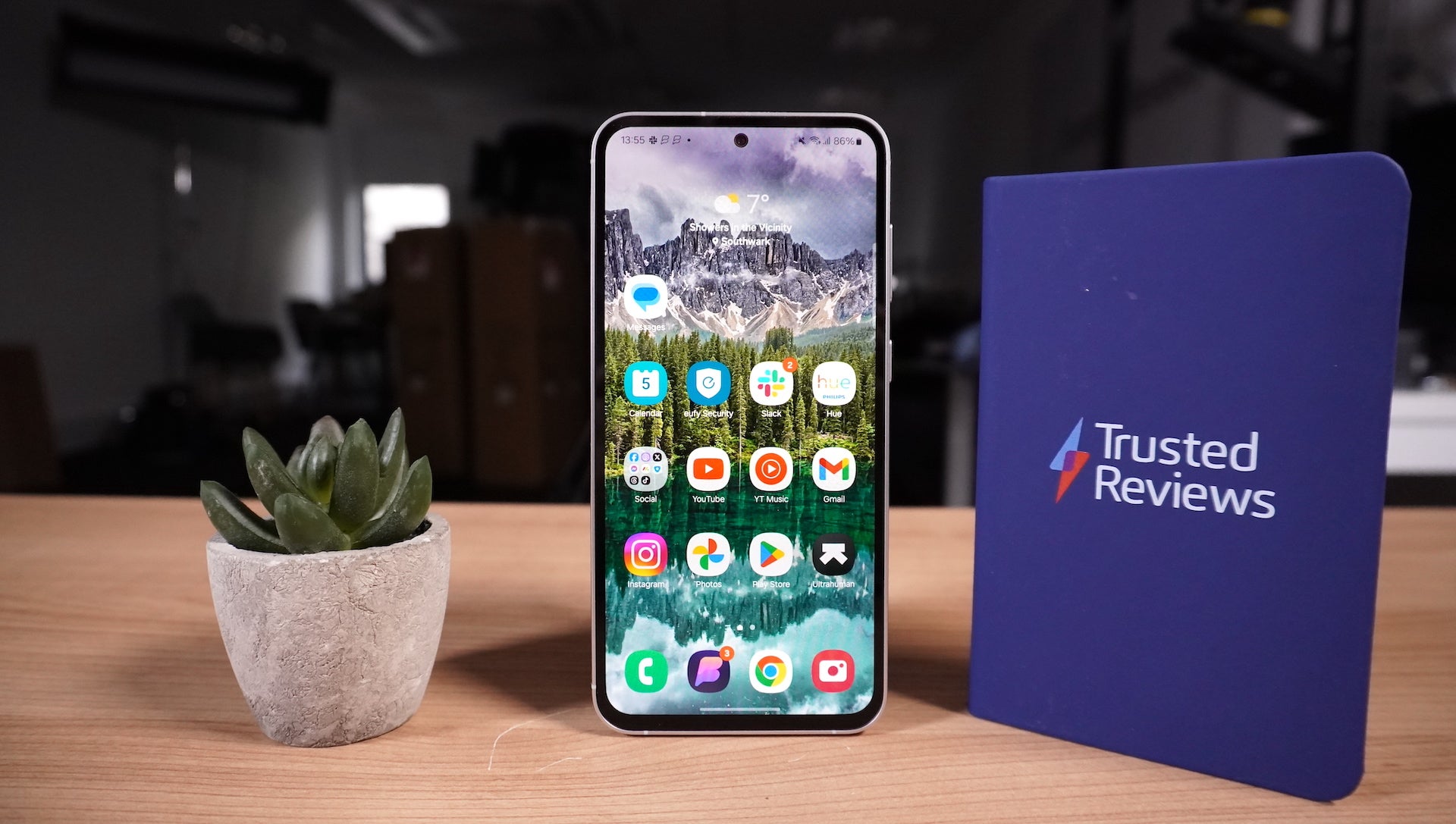
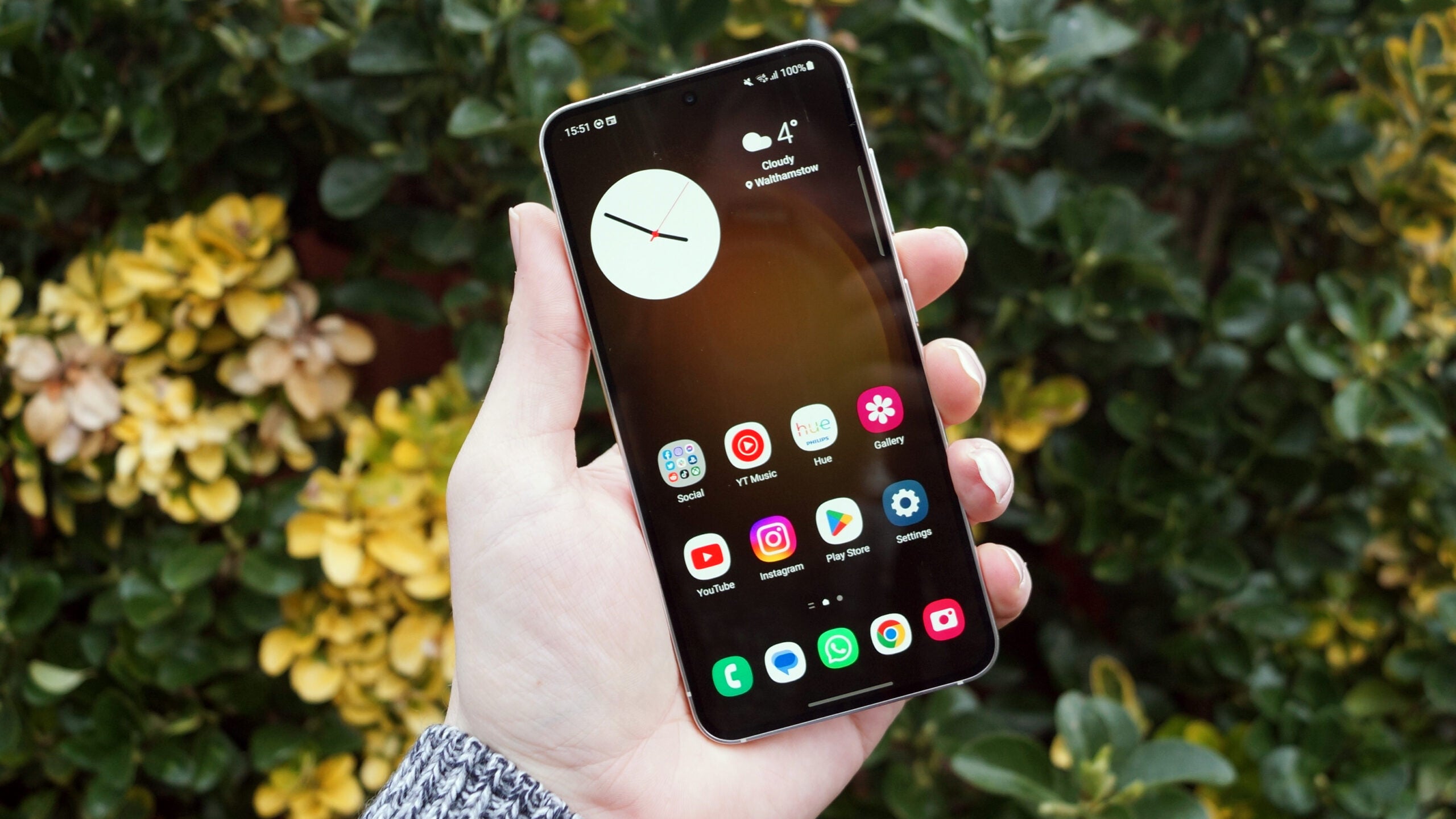
We were a particular fan of the regular S23’s size in our review, noting just how nice it was to use and hold one-handed. The S23 FE’s slightly larger dimensions mean this isn’t quite the same, but it’s still a smaller option than the sea of 6.7-inch alternatives.
Both are broadly similar with FHD+ resolution, Dynamic AMOLED 2X display tech, a 120Hz refresh rate and support for HDR10+, though the S23 does feature LTPO tech that lets it drop down to as little as 48Hz to improve battery efficiency. It’s also slightly brighter with a maximum brightness of 1750nits compared to the S23 FE’s 1450nits, but this won’t be noticeable in most conditions.
Regardless of which you opt for, you’ll get a crisp, vibrant display experience with inky blacks that AMOLED tech is well regarded for.
Cameras
The Samsung Galaxy S23 FE and S23 have a surprisingly similar camera setup despite the differences in price.
That means that both sport a trio of lenses on the rear including identical 50MP main and 12MP ultrawide snappers, along with a telephoto lens. The S23 FE’s telephoto is a 3x 8MP sensor while the regular S23 has a higher megapixel 12MP 3x telephoto, but it’s still impressive to see a telephoto on a mid-range phone. That really helps the S23 FE stand out from the competition, even if it is near-identical to the flagship S23.
That means that you’re getting the same experience in most shooting scenarios regardless of which smartphone you use. Both capture high-quality shots in well-lit and low-light scenarios, with impressive dynamic range even in extreme lighting conditions.
Here’s a selection of S23 FE images:





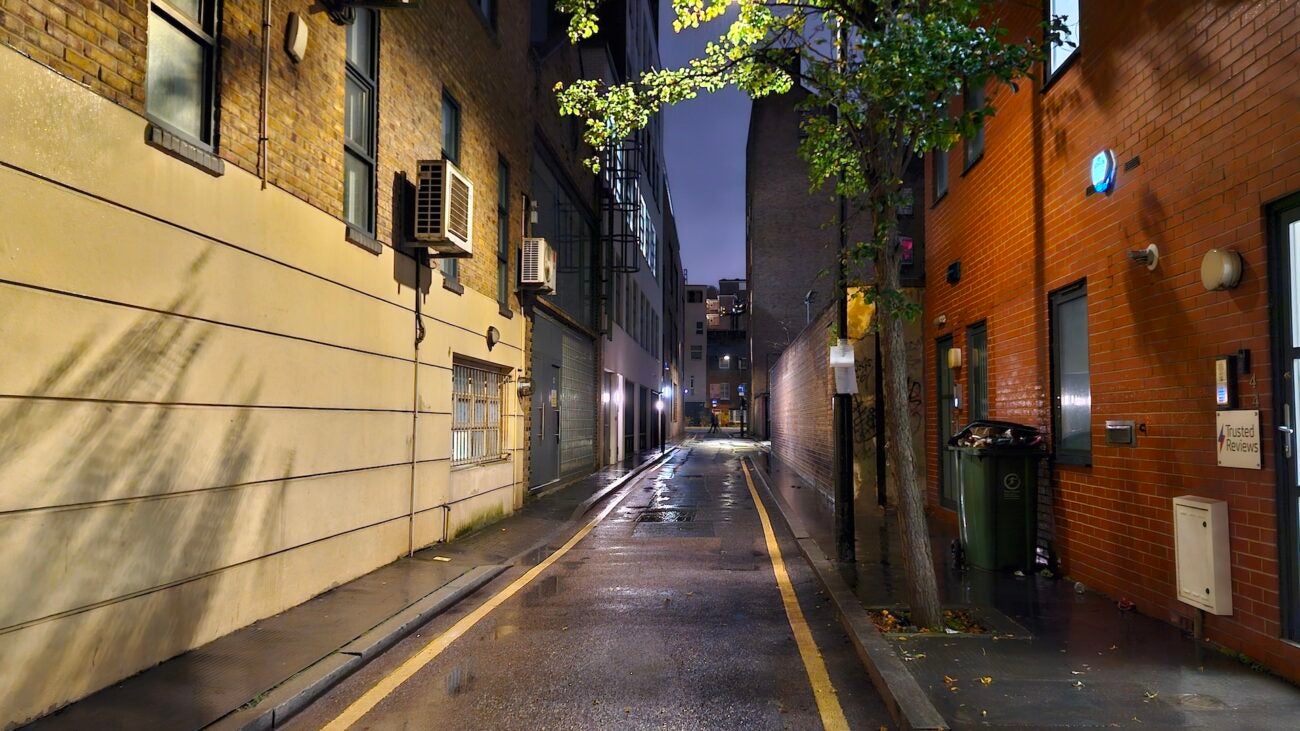
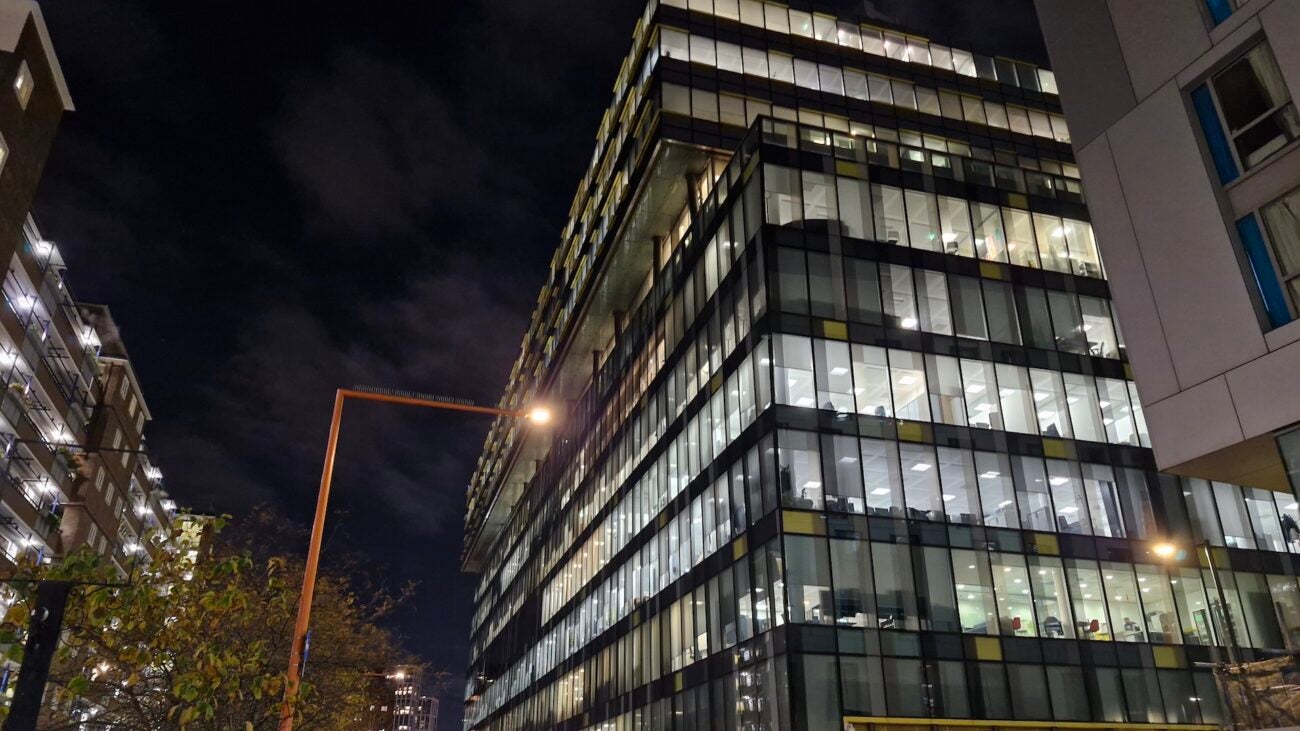
And here’s a collection of S23 images:




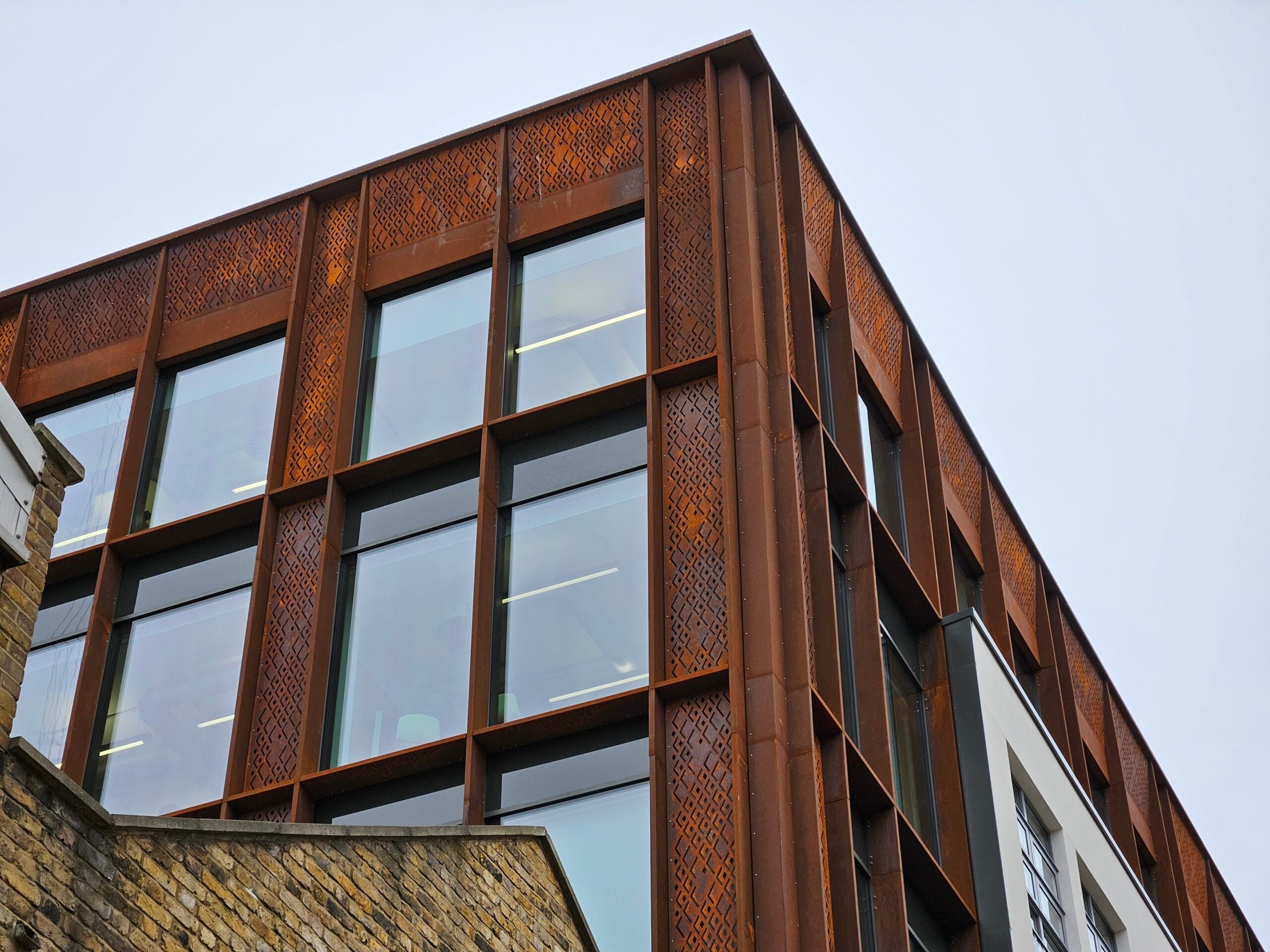

The main camera is, of course, the best of the trio, but the 12MP ultrawide comes in handy for capturing those scenic vistas.
There is a slight difference in telephoto performance, with slightly more detail found on the flagship S23 than the S23 FE, but it’s negligible.
The real area where the S23 pulls away from the FE variant is with video, with the flagship able to record in the premium Super HDR format – though how much that matters to you will be down to personal preference.
Performance
Performance is one key area where the Samsung Galaxy S23 FE has been ‘nerfed’ to suit its cheaper price point. That means it’ll come with either the Snapdragon 8 Gen 1 or the Samsung Exynos 2200 depending on where in the world you come from.
These are still capable chipsets – they were flagship chipsets in early 2022 – and we found that the Exynos variant was still capable of smooth everyday performance, but it does fall behind the flagship Galaxy S23.
That’s because the Galaxy S23, along with the rest of the flagship S23 collection, sports a custom version of Qualcomm’s 2023 flagship, the Snapdragon 8 Gen 2 for Galaxy. That makes the S23 not only more powerful than the S23 FE but most of the 2023 flagship competition, with a higher clocked CPU and an additional GPU core to eke out the best performance possible.
As you can see, that translates to impressive performance in our benchmarks across the board.
That said, you’d be hard-pressed to tell the difference in everyday use, aside from niche cases like running games at top graphical settings or exporting long videos.
Elsewhere, the S23 FE comes with either 128- or 256GB of storage, while the regular S23 also boasts a 512GB storage option. Most users would struggle to fill 128 or 256GB of storage, but if you’re a real power user, the 512GB S23 may suit your needs better – especially considering neither comes with a microSD card slot.

Battery life
When it comes to battery life, the Galaxy S23 FE and S23 have fairly similar offerings. That might sound odd considering the S23 FE has a larger battery at 4500mAh compared to the regular S23’s 3900mAh cell, but the differing screen size helps balance things out a bit.
That means that regardless of the model you’ll go for, you’ll get solid all-day battery life. Our reviewer found he could comfortably get through the day with both models, with the S23 FE usually ending up with around 20-30% left in the tank, while the regular S23 would often be left with around 20-25%.
With its smaller LTPO-enabled display, the regular S23 is a little more power-efficient, however – something backed up by our benchmark tests, which you can see below.
When it does come to time to top up, both phones offer 25W charging, though neither comes with a 25W charging brick in the box. That means they’re pretty evenly tied in terms of charge speed, with neither offering the most rapid experience ever, but the S23 gains a full charge in a speedier 80 minutes compared to the S23 FE’s 97 minutes.



